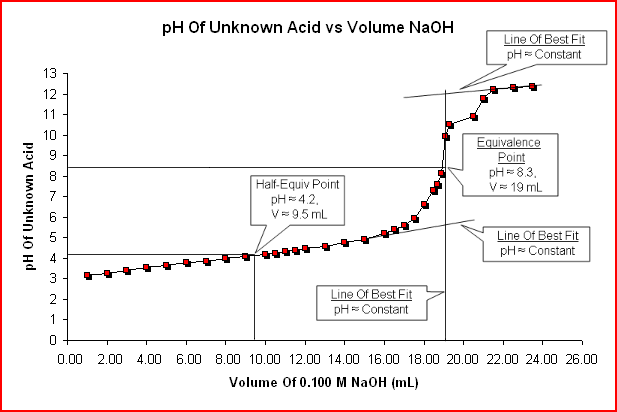ACIDS AND BASES
ACIDS
-
Release H+ ions in aqueous solution (Arrhenius theory)
-
Can accept a pair of electrons (Lewis theory)
-
Can donate a proton (Bronsted-Lowry theory)
-
Taste sour or tart
-
Aqueous solutions are electrolytes
-
(strong acid = strong electrolyte)
-
BASES
-
Release OH- ions in aqueous solution (Arrhenius theory)
-
Can donate a pair of electrons (Lewis theory)
-
Can accept a proton (Bronsted-Lowry theory)
-
Bitter taste and feel slippery
-
Soluble bases are alkalis
-
Aqueous solutions are electrolytes
-
(strong base = strong electrolyte)
-


The acid and base in a conjugate pair differ by one proton!
- Strong acids have weak conjugate bases.
- Weak acids have strong conjugate bases.

Amphiprotic - In terms of protons; can act as either a proton donor or acceptor. All amphiprotic species are amphoteric (can act as a base or acid).
e.g.
-
HCO3- (hydrogen carbonate ion)
-
HSO4- (hydrogen sulfate ion)
-
H2PO4- (dihydrogen phosphate ion)
-
HPO4 2- (hydrogen phosphate ion)
THE STRENGTH OF AN ACID/BASE
-
CONDUCTIVITY
-
pH
-
RATE OF REACTION

A salt can be:
NEUTRAL (strong acid + strong base)
BASIC (weak acid + strong base)
ACIDIC (strong acid + weak base)
cation from base + anion from acid = salt
CONCENTRATION - Amount of solute dissolved in per unit volume of solvent.
STRENGTH - Extent to which an acid or a base can get ionized when dissolved in water.
*Strong acid is a good proton donor and has a weak conjugate base (equilibrium lies to far right)
*Weak acid is not a good proton donor but has a strong conjugate base (equilibrium lies to far left)
HCl - Hydrochloric acid
HBr - Hydrobromic acid
HI - Hydroiodic acid
HClO4 - Perchlorate acid
H2SO4 - Sulfuric acid
HNO3 - Nitric acid

